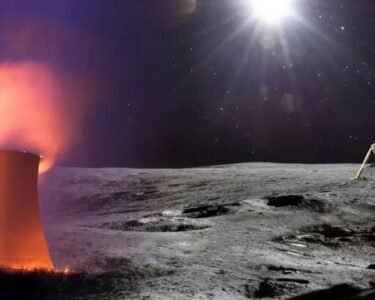NASA has confirmed that two sizable asteroids, named 2025 OA3 and 2025 PA, are passing close to Earth today, August 4, 2025. Despite their proximity, scientists have assured there is no threat of impact.
The larger of the two, 2025 OA3, is traveling at approximately 30,498 miles per hour and will pass within 1.42 million miles of Earth. The second asteroid, 2025 PA, is slightly slower, moving at 22,219 miles per hour and passing at a distance of 2.05 million miles.
Both asteroids are estimated to be about 120 feet wide, roughly the size of a commercial airplane. While categorized as near-Earth objects (NEOs), NASA emphasizes that these distances are well within safe margins.
Why Asteroids Like These Matter
Asteroids are remnants from the early days of the solar system, dating back over 4.6 billion years. Studying them helps scientists understand the origins of planets—and potentially life—on Earth.
Although today’s flybys pose no danger, researchers continuously monitor such objects because of the significant effects past impacts have had on Earth’s history. One of the most notable examples is the asteroid believed to have contributed to the extinction of the dinosaurs.
Tracking and Prevention
NASA’s Jet Propulsion Laboratory (JPL) tracks thousands of asteroids using advanced radar and monitoring systems. These tools allow for precise predictions of asteroid trajectories and help scientists prepare for potential future threats.
In recent years, missions like OSIRIS-REx and Hayabusa2 have returned samples from asteroids, offering new insights into the composition of these space rocks and the conditions of the early solar system.
No Cause for Concern
Today’s asteroid encounters serve as another reminder of the importance of space monitoring. While these objects will pass at safe distances, they provide scientists with valuable data to enhance our understanding of planetary defense.
Image Source: Google
Image Credit: Respective Owner




